Good day fellow investors. We talked Nike earlier this week, and naturally, the comments lit up with questions about Deckers. The stock’s down, the whole environment’s down, but there’s chatter about value. So let’s dig in. Deckers—great brand, strong financials, no debt, solid fundamentals, and growth that’s outpacing Nike. That’s a runway worth exploring.
Market Sentiment vs. Reality
When you see a stock price bouncing around, one thing’s certain: the market is wrong. The question is whether it’s wrong on the upside or the downside. That’s where we come in—value investors looking for low-risk, high-reward opportunities. If you’re building long-term wealth, this is the kind of business you want to understand.
Deckers operates in a fiercely competitive space. Nike’s feeling the heat, and Deckers is part of that pressure. Brands like Brooks and Charlie Mer are gaining traction. Even Warren Buffett’s Berkshire owns one of these shoe brands—I bought it without knowing it was his. What do I know about shoes? But Warren’s watching, and I’m staying loyal to Berkshire.
From $100 Million to $1 Billion in Profits
Here’s the key: profits have grown from $100 million to $1 billion. That’s a 10x. And when profits go 10x, the stock usually follows. These are the kinds of investments we hunt for. But it’s not easy, especially in this environment.
Revenue is still growing at 10%, and guidance shows the same. Funny thing—if Nike grew at 10%, its P/E ratio would be 40. Deckers? Just 12. But earnings are expected to be flat. That’s the environment. Nike’s cutting inventory, killing margins, barely making money. Deckers feels that too. Tariffs are squeezing margins. But Deckers is focused—wholesale, direct-to-consumer, premium brands. That’s where the money is.
Deckers Financial Snapshot
| Metric |
Value |
| Revenue Growth |
10% |
| Earnings Forecast |
Flat |
| P/E Ratio |
12 |
| Profit Growth (10-Year) |
10x |
| Debt |
None |
Premium Brands and Elasticity
Premium brands have more elasticity in tough markets. Deckers is showing that through strong profits and healthy books. They’re sticking to their strategy. Analysts ask short-term questions, but the long-term brand story is what matters.
Sentiment analysis shows a shift. AI flagged previous calls as confident, now it’s more cautious. That’s normal. When things go well, exuberance creeps in. But now, it’s measured optimism. That’s not bad—it’s realistic.
Deckers flew high, maybe too high, and now it’s back to the deck. So where’s the value? The market overshoots—up and down. That’s where we find opportunity. I remember Sketchers with a P/E of 7. That’s real value. Private equity would buy Deckers at a 7% free cash flow yield. If growth is 10%, fair value is a P/E of 20—not 12.
Risk, Volatility, and Consumer Preferences
Maybe Deckers overshot, but now we’re undershooting. The risk? Same story. Growth stalls, and it’s a slippery slope. When does that happen? Nobody knows. Consumer preferences are fickle. That’s why portfolio exposure matters. If you’re heavy on Deckers, you’re gambling. You can’t predict the next cool brand. You play the risk and reward.
Volatility is part of the game. Fundamentals help, even if they’re fickle too. Deckers is doing buybacks—5 to 6% yield. Good cash flows. If they keep organic growth at 5 to 7%, that’s a 12% return. All else equal, when growth returns, the market will like it again. P/E of 20 by 2025? Boom—there’s your return.
Return Potential Breakdown
| Component |
Estimate |
| Buyback Yield |
5–6% |
| Organic Growth |
5–7% |
| Total Return Potential |
~12% annually |
| Fair Value P/E |
20 |
| Current P/E |
12 |
Relative vs. Absolute Investing
We talked Nike from an absolute investing perspective. Deckers? Relative investing. Lower valuation, higher growth, niche positioning. I’d put it at a risky 10% higher return potential. If sentiment improves, you’re quickly up in the 130s. That’s a great return.
Nike could turn around, but Deckers might have the better growth story. They’re competing directly. From a risk-reward perspective, Deckers is interesting. But here’s my opinion: it’s a competitive environment. Consumer preferences are fickle. Volatility is high. Fundamentals are volatile too.
I can’t hold something like this. If they keep growing at 10%, the stock will follow. If not, I don’t like the risk. I want more certainty. That’s just me. Nothing wrong with the company—it’s just not my cup of tea.
Final Verdict: Buy, Hold, or Sell?
So where does that leave us? Deckers has strong fundamentals, premium brand positioning, and a history of profit growth. But it’s in a volatile, competitive space. If you’re comfortable with risk and can stomach the swings, Deckers offers potential upside.
If they maintain growth and margins, you could see a 12% annual return, maybe more. But if consumer sentiment shifts or margins compress, the downside is real. For me, it’s a hold—watch closely, adjust your exposure, and be ready to act if fundamentals shift.
https://youtu.be/AhPtgB9nvxg?si=v0elgLhL5oLID7Nd


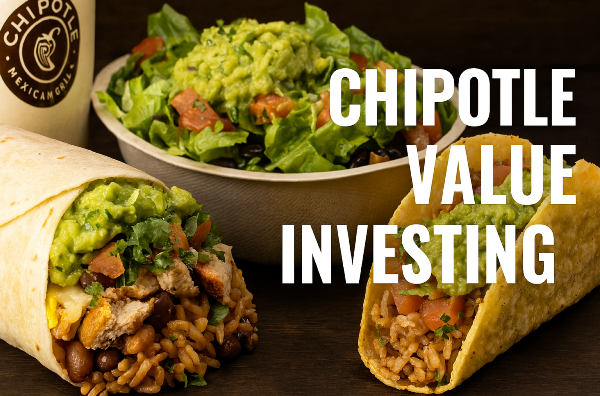
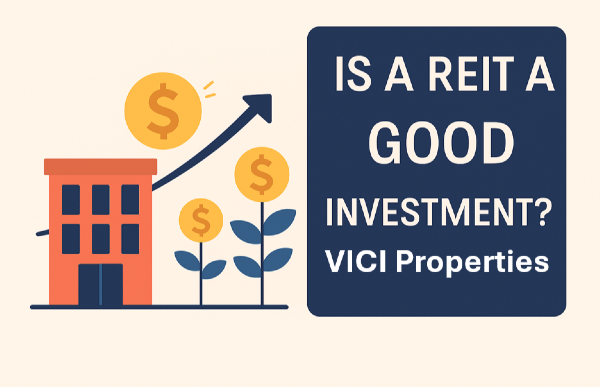
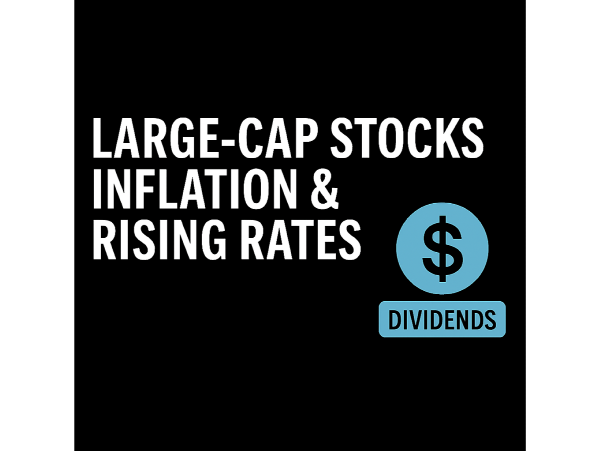
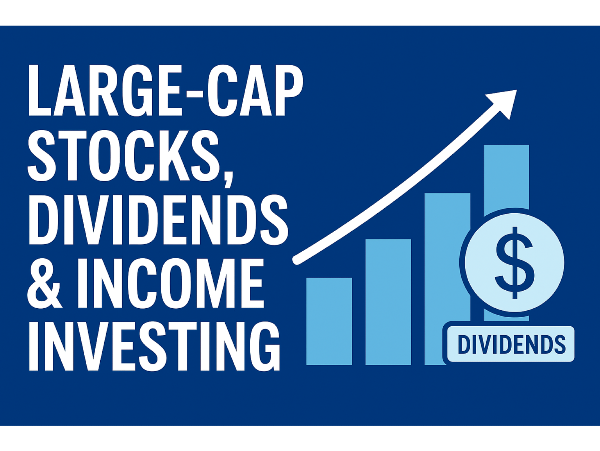
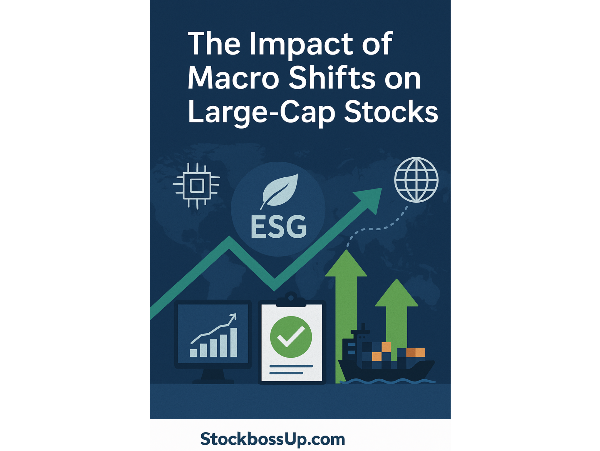
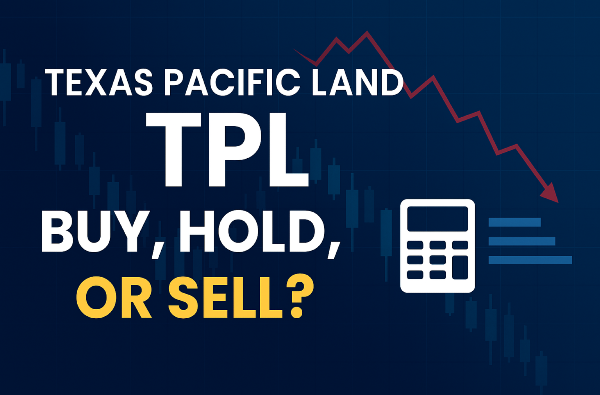

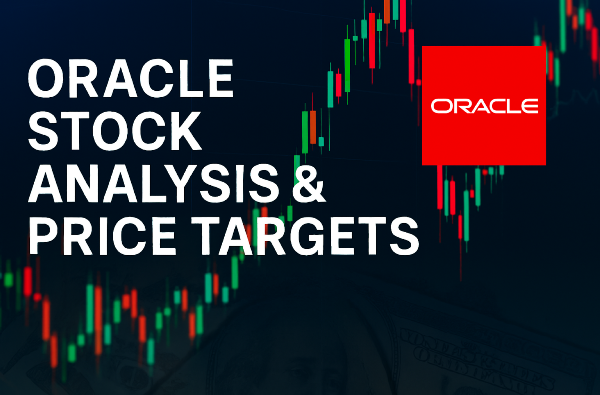

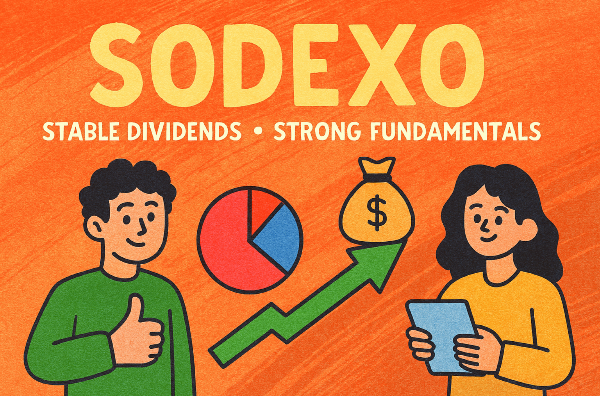
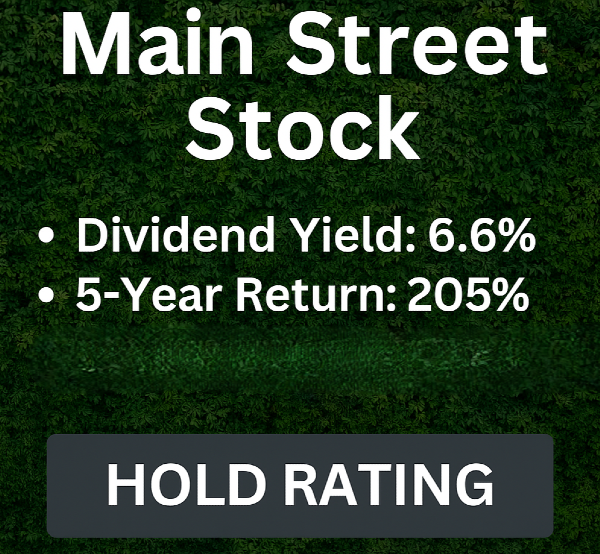
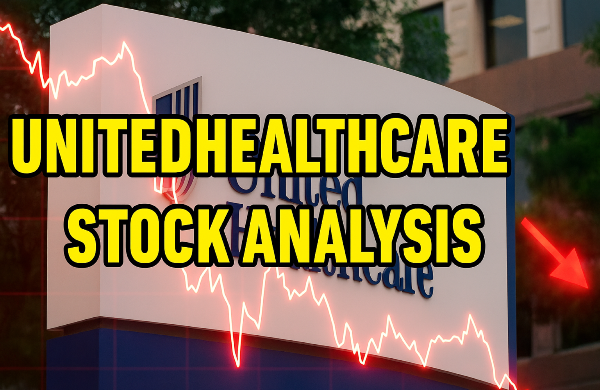
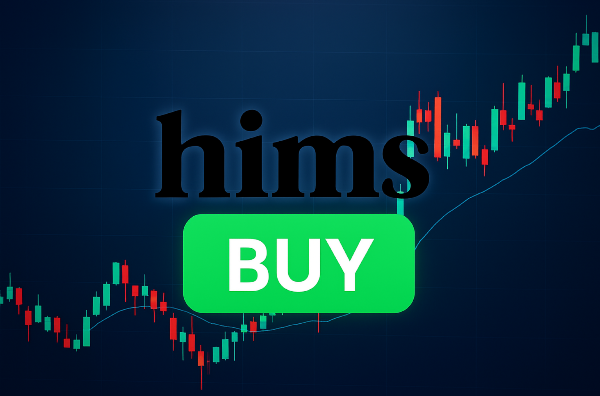
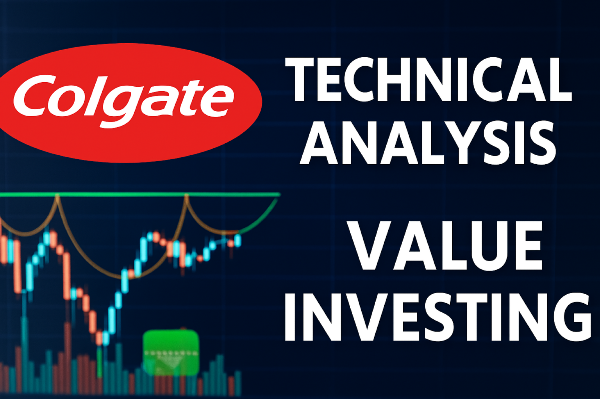




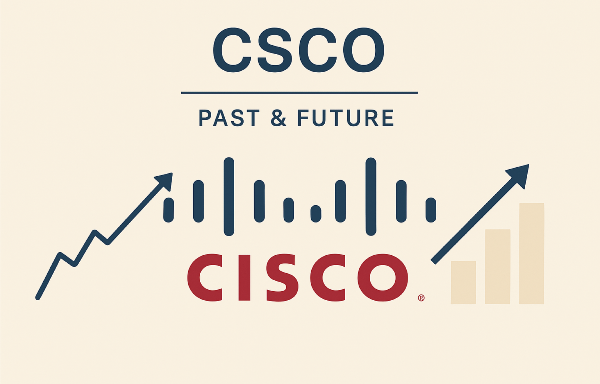









Good day fellow investors. We talked Nike earlier this week, and naturally, the comments lit up with questions about Deckers. The stock’s down, the whole environment’s down, but there’s chatter about value. So let’s dig in. Deckers—great brand, strong financials, no debt, solid fundamentals, and growth that’s outpacing Nike. That’s a runway worth exploring.
Market Sentiment vs. Reality
When you see a stock price bouncing around, one thing’s certain: the market is wrong. The question is whether it’s wrong on the upside or the downside. That’s where we come in—value investors looking for low-risk, high-reward opportunities. If you’re building long-term wealth, this is the kind of business you want to understand.
Deckers operates in a fiercely competitive space. Nike’s feeling the heat, and Deckers is part of that pressure. Brands like Brooks and Charlie Mer are gaining traction. Even Warren Buffett’s Berkshire owns one of these shoe brands—I bought it without knowing it was his. What do I know about shoes? But Warren’s watching, and I’m staying loyal to Berkshire.
From $100 Million to $1 Billion in Profits
Here’s the key: profits have grown from $100 million to $1 billion. That’s a 10x. And when profits go 10x, the stock usually follows. These are the kinds of investments we hunt for. But it’s not easy, especially in this environment.
Revenue is still growing at 10%, and guidance shows the same. Funny thing—if Nike grew at 10%, its P/E ratio would be 40. Deckers? Just 12. But earnings are expected to be flat. That’s the environment. Nike’s cutting inventory, killing margins, barely making money. Deckers feels that too. Tariffs are squeezing margins. But Deckers is focused—wholesale, direct-to-consumer, premium brands. That’s where the money is.
Deckers Financial Snapshot
Premium Brands and Elasticity
Premium brands have more elasticity in tough markets. Deckers is showing that through strong profits and healthy books. They’re sticking to their strategy. Analysts ask short-term questions, but the long-term brand story is what matters.
Sentiment analysis shows a shift. AI flagged previous calls as confident, now it’s more cautious. That’s normal. When things go well, exuberance creeps in. But now, it’s measured optimism. That’s not bad—it’s realistic.
Deckers flew high, maybe too high, and now it’s back to the deck. So where’s the value? The market overshoots—up and down. That’s where we find opportunity. I remember Sketchers with a P/E of 7. That’s real value. Private equity would buy Deckers at a 7% free cash flow yield. If growth is 10%, fair value is a P/E of 20—not 12.
Risk, Volatility, and Consumer Preferences
Maybe Deckers overshot, but now we’re undershooting. The risk? Same story. Growth stalls, and it’s a slippery slope. When does that happen? Nobody knows. Consumer preferences are fickle. That’s why portfolio exposure matters. If you’re heavy on Deckers, you’re gambling. You can’t predict the next cool brand. You play the risk and reward.
Volatility is part of the game. Fundamentals help, even if they’re fickle too. Deckers is doing buybacks—5 to 6% yield. Good cash flows. If they keep organic growth at 5 to 7%, that’s a 12% return. All else equal, when growth returns, the market will like it again. P/E of 20 by 2025? Boom—there’s your return.
Return Potential Breakdown
Relative vs. Absolute Investing
We talked Nike from an absolute investing perspective. Deckers? Relative investing. Lower valuation, higher growth, niche positioning. I’d put it at a risky 10% higher return potential. If sentiment improves, you’re quickly up in the 130s. That’s a great return.
Nike could turn around, but Deckers might have the better growth story. They’re competing directly. From a risk-reward perspective, Deckers is interesting. But here’s my opinion: it’s a competitive environment. Consumer preferences are fickle. Volatility is high. Fundamentals are volatile too.
I can’t hold something like this. If they keep growing at 10%, the stock will follow. If not, I don’t like the risk. I want more certainty. That’s just me. Nothing wrong with the company—it’s just not my cup of tea.
Final Verdict: Buy, Hold, or Sell?
So where does that leave us? Deckers has strong fundamentals, premium brand positioning, and a history of profit growth. But it’s in a volatile, competitive space. If you’re comfortable with risk and can stomach the swings, Deckers offers potential upside.
If they maintain growth and margins, you could see a 12% annual return, maybe more. But if consumer sentiment shifts or margins compress, the downside is real. For me, it’s a hold—watch closely, adjust your exposure, and be ready to act if fundamentals shift.
https://youtu.be/AhPtgB9nvxg?si=v0elgLhL5oLID7Nd